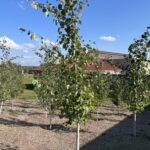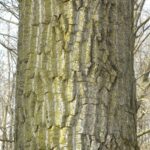 Indiana Native
Indiana Native Building Map...
| Number | Accession ID | Location | |
| 1 | 2018_01151*A | HORTPARK | |
| 2 | 2021_00031*A | FST | |
| 3 | 2021_00031*D | FST | |
| 4 | 2021_00031*E | FST | |
| 5 | 2021_00031*F | FST | |
| 6 | 2021_00031*G | FST | |
| 7 | 2023_00173*A | FSTW | |
| 8 | 2023_00173*B | FSTE | |
| 9 | 2023_00710*A | LYNN | |
| 10 | 2023_00751*A | WADE | |
| 11 | 2023_00751*B | WADE | |
| 12 | 2023_00751*C | WADE | |
| 13 | 2023_00751*D | WADE | |
| 14 | 2023_00751*E | WADE | |
| 15 | 2023_00751*F | WADE | |
| 16 | 2023_00751*G | WADE | |
| 17 | 2023_00751*H | Wade | |
| 18 | 2023_00751*I | WADE | |
| 19 | 2023_00751*J | WADE | |
| 20 | 2023_00751*K | WADE | |
| 21 | 2023_00751*L | WADE | |
| 22 | 2023_00751*M | WADE | |
| 23 | 2023_00751*N | WADE | |
| 24 | 2023_00751*O | WADE | |
| 25 | 2023_00751*P | WADE | |
| 26 | 2024_00112*A | BREQ | |
| 27 | 2024_00112*B | BREQ | |
| 28 | 2024_00112*C | BREQ | |
| 29 | 2024_00148*A | FSTC | |
| 30 | 2024_00148*B | FSTC |



The Purdue Arboretum is a collaboration between the Department of Horticulture and Landscape Architecture and Physical Facilities Grounds Department